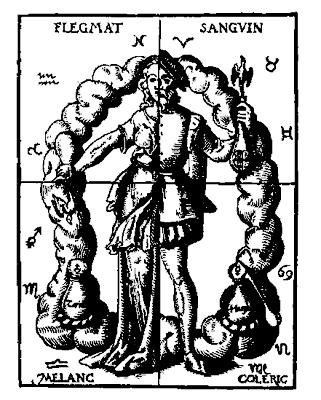 Back
to Presentation
Back
to PresentationSection One
Pages 358 - 370
Introductory
Activity: The Barrier Game
Chapter Overview
Part 1:
Introduction: The Prevailing
System of Gender
Gender has always been an issue in education; children have always been
classified and separated by gender. Starting
in the 1960s the educational and social times were ripe for these previously
unchallenged classifications and stereotypes to be analyzed and disputed.
Part 2: Historical Background
In the early 1800s girls were allowed to be educated, but only in order
to make them wiser and more prudent wives and mothers.
Unmarried women were usually the teachers.
This was because women were considered to be natural nurturers and
thought to have a 'civilizing' effect on unruly boys and, quite simply, women
were cheaper to pay. We must not
forget, however, that the positions of power were held by men.
Schools were generally coeducational through the 1800s, for similar moral
and financial reasons to those cited above. In
the first half of the twentieth century, coeducation continued, but some still
worried about the effects boys and girls may have on each other.
To keep boys 'manly' and out of trouble, schools started offering sports
programs. Obviously, girls could
not participate without casting doubt on their femininity, so they remained
spectators or cheerleaders. Also,
boys and girls were directed to programs considered gender appropriate - boys
went to 'shop' and girls went to Home Economics.
Until ...
Part 3: The Most Public Revolution
Women's Liberation exploded on the scene in the 1960s!
Feminist analyses and critiques challenged fundamental norms and
assumptions regarding gender roles. Although
some liberal feminists were concerned specifically with gender equity in the
schools, other, radical feminists challenged the very ways gender differences are
produced and maintained in what they considered to be a patriarchal, misogynist
society and therefore in schools, a reflection of that society.
This radical feminist view described society as a male dominated
hierarchy which promoted and
maintained a male interpretation of reality and
discriminated against women and their ways of being and knowing.
In response to this, universities began Women's Studies programs.
In the 1970s, there began a debate over whether gender differences were
innate or socially constructed. At
this point, what started as feminism became an analysis and critique of gender
systems in general.
Discussion Question:
Having had some time to read and reflect on the history of gender division and inequality in the field of education, can you think of any remnants of old attitudes and practices which continue to result in gender inequality? Some areas discussed in the chapter are sports, administration and positions of power, tracking, and general classroom practices. You may also want to consider areas where progress has been made.